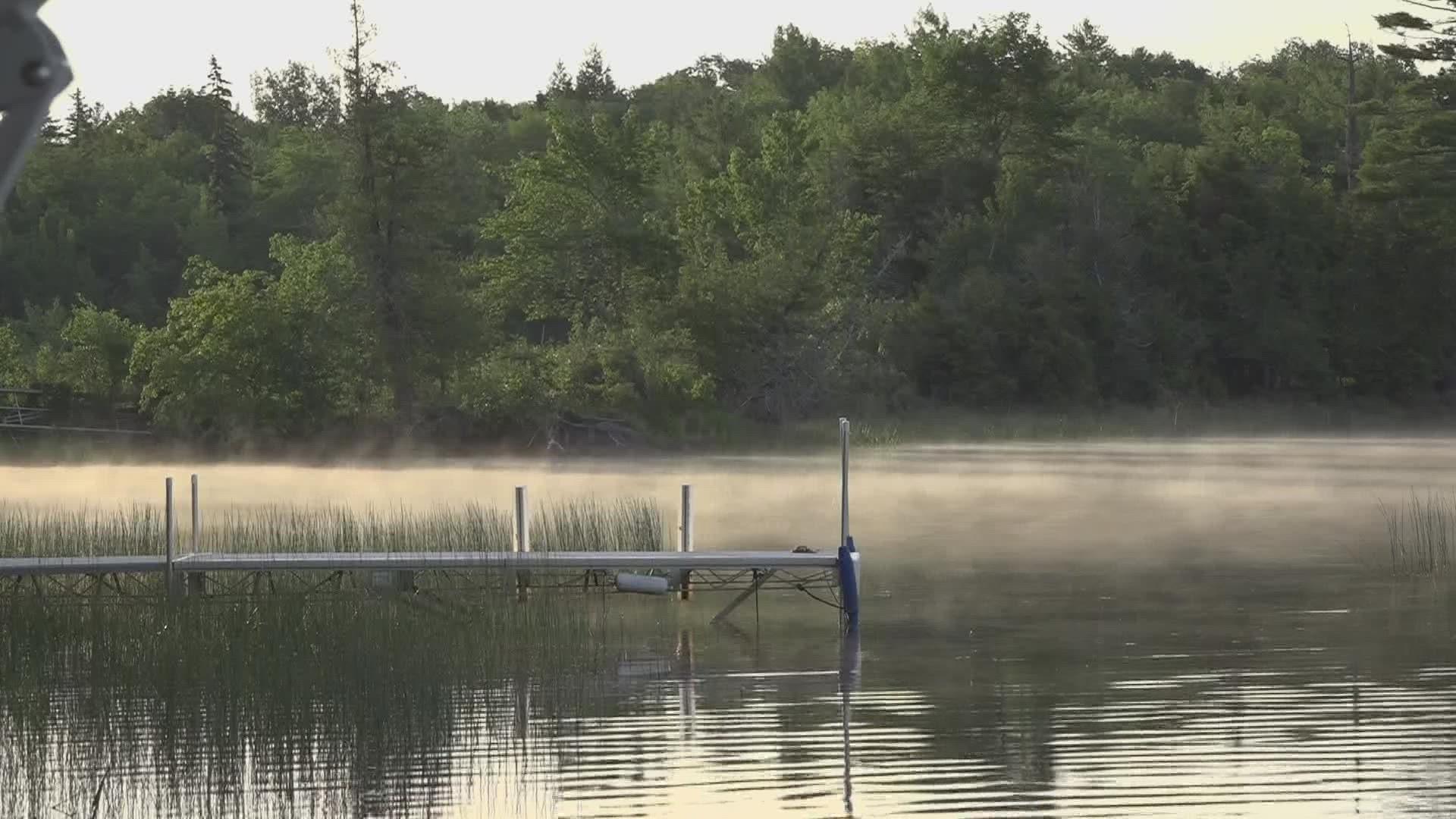MAINE, USA — More than 1,000 volunteers set out on more than 300 lakes and ponds to take part in the 39th annual Loon Count on Saturday.
The Maine Audubon Society created the Loon Count in 1983. It happens every year on the third Saturday of July from 7 a.m. to 7:30 a.m. It's done during the same time frame everywhere to avoid any double counting of the loons.
Hannah Young is the Loon Count Coordinator for the Maine Audubon Society this year.
"[The counters] are helping to gather a statewide snapshot of the loon population in Maine," Young said.
The Loon Count not only helps the Maine Audubon Society keep track of the loon population for each individual lake and pond, but it also gives them a closer look at loon trends, including the survival of their chicks.
Since the inception of the Loon Count, the population seen across the state has seemed to mostly remain on an upward trend, and staff at the Audubon society hope to see that continue.
Anyone can volunteer to be a loon counter. Some have been doing it for more than a decade, like Richard and Marian Dressler who live on Pushaw Lake. While others, like Richard Greene, who is only in his second year of taking part in the annual event.
"It's an excuse to get up early in the morning," Greene said.
This year is the first time the Dresslers didn't count a single loon in their designated area of Pushaw Lake.
"I don't remember what the exact count was last year but usually it's in the low to mid-thirties," Richard said.
Richard Dressler said the low to mid-thirties tally for loons accounts for the entirety of Pushaw Lake.
Dressler is the loon count coordinator specifically for Pushaw Lake. He collects each counter's datasheet after the count is over and checks for any duplications between counters that may seem like a loon was counted twice.
For example, "these two people saw a group of three at exactly the same time, and it looks like they were spotted right on the boundary, so they help us catch those," Young said.
Another benefit of tracking loon populations is, that "if the loons are doing well that means we have good water quality," Richard said.
Young said the results from each year's loon count are usually released by late November or early December. She added the Audubon society is always looking for more volunteers to be counters, especially in the northern part of the state. For more information, click here.

